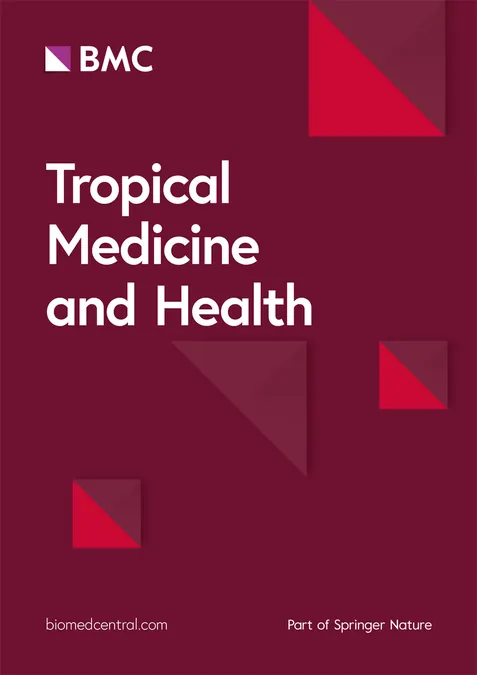
Unveiling the Hidden Connection: Hypertension and Sleep Apnea's RAAS Role
2025-04-27
Author: Yu
Hypertension and Sleep Apnea: A Dangerous Duo
Obstructive sleep apnea (OSA) is emerging as a sleeping giant in public health—affecting millions, especially among the obese. What's more troubling? Around 50% of those with OSA also struggle with hypertension, dramatically raising the stakes for cardiovascular troubles. Understanding the factors driving this dangerous duo is essential for effective treatment.
The Mysterious Role of RAAS
Central to this health crisis is the renin-angiotensin-aldosterone system (RAAS), a key player in the body’s fluid balance and blood pressure control. However, its exact influence in OSA patients remains a puzzle, with studies providing mixed results. While some suggest RAAS activates in response to OSA, others find no solid links.
The Study: Shedding Light on RAAS Dysregulation
In a groundbreaking study involving 204 patients in Southeast Asia, researchers aimed to unravel the relationship between RAAS and hypertension among those with obesity and OSA. The outcomes were eye-opening: patients with hypertensive OSA exhibited significantly higher levels of plasma aldosterone concentration (PAC) compared to their normotensive counterparts.
Key Findings: The Aldosterone-Attack
Notably, this study revealed that patients suffering from hypertension and OSA had higher PAC levels without significant changes in plasma renin concentration (PRC). This imbalance suggests that excess aldosterone could be contributing to hypertension, making it clear that clinicians must focus on regulating this hormone to manage hypertension effectively in OSA patients.
The Clinical Implications: A Call to Action
The findings underscore a pressing need for targeted management strategies, particularly in regions facing rising rates of obesity and metabolic disorders. As hypertension can lead to serious cardiovascular consequences, addressing RAAS dysregulation in these patients may not just be beneficial—it could be life-saving.
Conclusion: A New Frontier in Hypertension Management
This pioneering research fills a gap in our understanding of RAAS's role in OSA-related hypertension, challenging existing narratives and paving the way for future investigations. By focusing on hormonal profiles, medical professionals can develop more effective treatment regimens tailored for the unique challenges posed by this increasingly prevalent condition. As the fight against hypertension in OSA continues, this study opens new doors and highlights the urgency of targeted therapeutic strategies.



 Brasil (PT)
Brasil (PT)
 Canada (EN)
Canada (EN)
 Chile (ES)
Chile (ES)
 Česko (CS)
Česko (CS)
 대한민국 (KO)
대한민국 (KO)
 España (ES)
España (ES)
 France (FR)
France (FR)
 Hong Kong (EN)
Hong Kong (EN)
 Italia (IT)
Italia (IT)
 日本 (JA)
日本 (JA)
 Magyarország (HU)
Magyarország (HU)
 Norge (NO)
Norge (NO)
 Polska (PL)
Polska (PL)
 Schweiz (DE)
Schweiz (DE)
 Singapore (EN)
Singapore (EN)
 Sverige (SV)
Sverige (SV)
 Suomi (FI)
Suomi (FI)
 Türkiye (TR)
Türkiye (TR)
 الإمارات العربية المتحدة (AR)
الإمارات العربية المتحدة (AR)